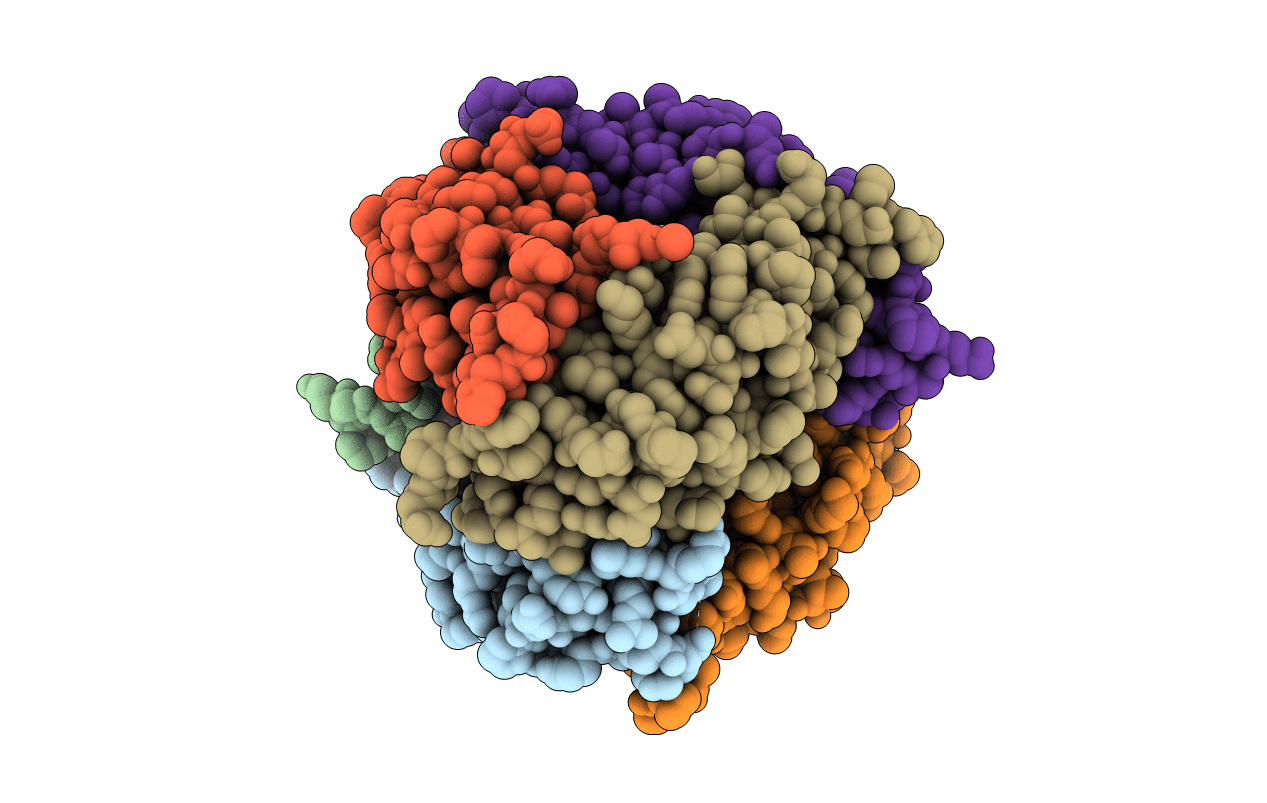
Deposition Date
2013-12-02
Release Date
2014-07-16
Last Version Date
2024-11-06
Entry Detail
PDB ID:
4NTM
Keywords:
Title:
QueD soaked with sepiapterin (selenomethionine substituted protein)
Biological Source:
Source Organism:
Escherichia coli (Taxon ID: 83333)
Host Organism:
Method Details:
Experimental Method:
Resolution:
2.05 Å
R-Value Free:
0.25
R-Value Work:
0.22
R-Value Observed:
0.22
Space Group:
P 41 21 2


